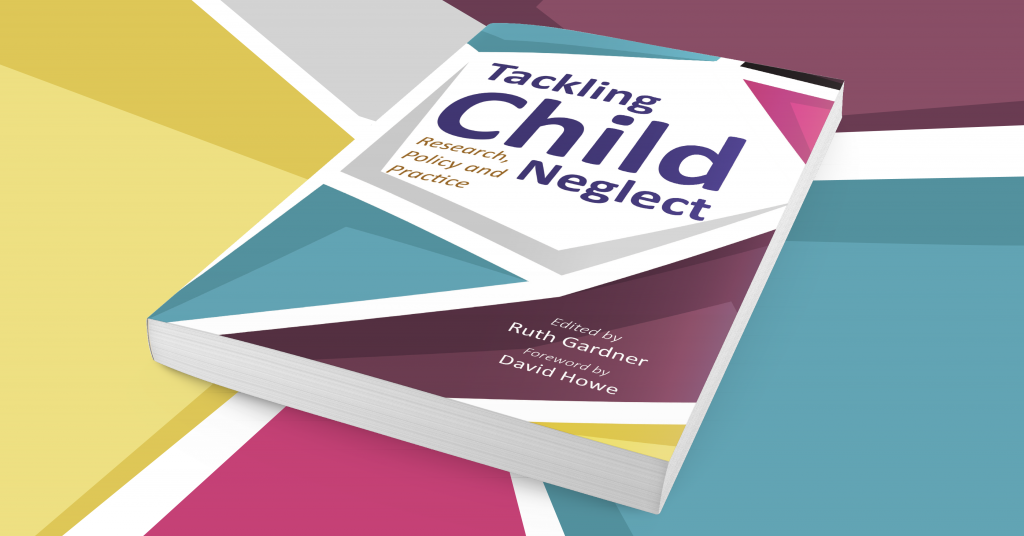Neglect is the most common form of child abuse, but is hard to identify and address. Which is why Ruth Gardner decided to bring together a number of professional voices in her book Tackling Child Neglect, to look at the research, policy and practice involved in children’s services in the UK and the US. In this blog, Ruth shares her experience of working in children services over the years.

When you work with child neglect, certainty goes out of the window, and there is no formula, tick box or even a book to give you the unequivocal answer.
My own memory is of Dougie (not his real name) who at six was bright, often funny and proud of an enormous pair of Doc Martins he had acquired. As a newly qualified practitioner I was stunned to find when I finally got into the family home that he and his five siblings lived in bare rooms and that he had no bed, no pyjamas and few clothes. The Head of his primary school had been replacing his underwear regularly when the smell got too bad. It became clear that mum’s drinking, although hidden, was out of control. Later as a researcher I interviewed practitioners and heard many such accounts. A health visitor told me that she had made a first visit to a home that initially looked perfect; cream carpet, pale furniture, a row of lit candles in the hearth and the toddler sitting quietly in her push-chair . Something wasn’t quite right for the visitor, and she asked if they could play with the little girl, discovering in the course of the visit that this child rarely left the push chair and that her mother was acutely depressed.
Of course, once recognised and addressed, many of these situations can dramatically improve.
A reservoir of ideas and reflections gleaned from research and practice can be incredibly useful to make sense of what may or may not amount to neglect and to find our own preferred way of working. One idea behind Tackling Child Neglect was to bring together people with a wide variety of relevant knowledge. They include a paediatric dental specialist, a general medical practitioner, a speech therapist, an educational psychologist, social worker, and academics. Their ideas and research findings originate from all over the UK, as well as from Australia and the US.
The chapters on practice, for instance, describe in detail how to bring the child’s experiences to life to ensure that assessment is based on a full account of their reality. There are interventions that help parents to grow skills and strengths that have very often been inhibited by stress or low self confidence. As the editor I found it moving to read of practitioners’ haunted anxiety about children they felt they had not been able to help, and of parents’ joy to discover that their child not only needed, but enjoyed their attention.
The research content of the book covers theory and practice evaluations in international literature. There is a focus on some key topics such as dental neglect and children’s emotional and communicative development, and children’s own views about neglect and how they want to be supported. Writers make policy and practice recommendations based on the evidence and ask questions for reflection and further research.
Working with child neglect can feel lonely and frightening. Parents and children are often in exactly the same boat, but they also feel stress and dread that they could lose their family. Therefore, the stakes can be very high when challenging neglect and searching for viable answers. But there is greater shared understanding and insight now that draws on systematic learning from all over the world, and is far from formulaic. Everyone involved in this book has both shared and learnt in the process and we hope that you as a reader will do the same.
£22.99
Available now!
